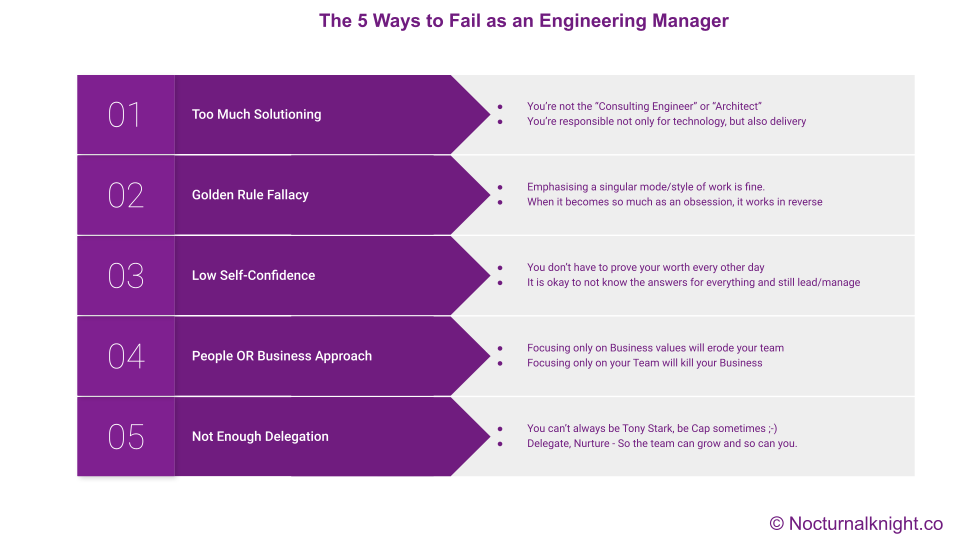Is NoOps the End of DevOps?
Some say that NoOps is the end of DevOps. Is that really true? If you need to answer this question, you must first understand NoOps better.
Things are moving at warp speed in the field of software development. You can subscribe to almost anything “as a service” be it storage, network, computing, or security. Cloud providers are also increasingly investing in their automation ecosystem. This leads us to NoOps, where you wouldn’t require an operations team to manage the lifecycle of your apps, because everything would be automated.

You can use automation templates to provision your app components and automate component management, including provisioning, orchestration, deployments, maintenance, upgradation, patching and anything in between meaning significantly less overhead for you and minimal to no human interference. Does this sound wonderful?
But is this a wise choice, and what are some advantages and challenges to implementing it?
Find out the answers to these questions, including whether NoOps is DevOps’s end in this article.
NoOps — Is It a Wise Choice?
You already know that DevOps aims to make app deployments faster and smoother, focusing on continuous improvement. NoOps — no operations — a term coined by Mike Gualtieri at Forrester, has the same goal at its core but without operations professionals!
In an ideal NoOps scenario, a developer never has to collaborate with a member of the operations team. Instead, NoOps uses serverless and PaaS to get the resources they need when they need them. This means that you can use a set of services and tools to securely deploy the required cloud components (including the infrastructure and code). Additionally, NoOps leverages a CI/CD pipeline for deployment. What is more, Ops teams are incredibly effective with data-related tasks, seeing data collection, analysis, and storage as a crucial part of their functions. However, keep in mind that you can automate most of your data collection tasks, but you can’t always get the same level of insights from automating this analysis.
Essentially, NoOps can act as a self-service model where a cloud provider becomes your ops department, automating the underlying infrastructure layer and removing the need for a team to manage it.
Many argue that a completely automated IT environment requiring zero human involvement — true NoOps — is unwise, or even impossible.
Maybe people are afraid of Skynet becoming self-aware!

NoOps vs. DevOps — Pros and Cons
DevOps emphasizes the collaboration between developers and the operations team, while NoOps emphasizes complete automation. Yet, they both try to achieve the same thing — accelerated GTM and a better software deployment process. However, there are both advantages and challenges when considering a DevOps vs. a true NoOps approach.
Pros
More automation, less maintenance
By automating everything using code, NoOps aims to eliminate the additional effort required to support your code’s ecosystem. This means that there will be no need for manual intervention, and every component will be more maintainable in the long run because it’ll be deployed as part of the code. But does this affect DevOps jobs?
Uses the full power of the cloud
There are a lot of new technologies that support extreme automation, including Container as a Service (CaaS) or Function as a Service (FaaS) as opposed to just Serverless, so most big cloud service providers can help you kickstart NoOps adoption. This is excellent news because Ops can ramp up cloud resources as much as necessary, leading to higher capacity, performance & availability planning compared to DevOps (where Dev and Ops work together to decide where the app can run).
Rapid Deployment Cycles
NoOps focuses on business outcomes by shifting focus to priority tasks that deliver value to customers and eliminating the dependency on the operations team, further reducing time-to-market.
Cons
You still need Ops!
In theory, not relying on an operations team to take care of your underlying infrastructure can sound like a dream. Practically, you may need them to monitor outcomes or take care of exceptions. Expecting developers to handle these responsibilities exclusively would take their focus away from delivering business outcomes and wouldn’t be advantageous considering NoOps benefits.
It also wouldn’t be in your best interest to rely solely on developers, as their skill sets don’t necessarily include addressing operational issues. Plus, you don’t want to further overwhelm devs with even more tasks.
Security, Compliance, Privacy
You could abide by security best practices and align them with automatic deployments all you want, but that won’t completely eliminate the need for you to take delicate care of security. Attack methods evolve and change each day, therefore, so should your cloud security controls.
For example, you could introduce the wrong rules for your AI or automate flawed processes, inviting errors in your automation or creating flawed scripts for hundreds or thousands of infrastructure components or servers. If you completely remove your Ops team, you may want to consider investing additional funds into a security team to ensure you’re instilling the best security and compliance methods for your environments.
Consider your environment
Considering NoOps uses serverless and PaaS to get resources, this could become a limiting factor for you, especially during a refactor or transformation. Automation is still possible with legacy infrastructures and hybrid deployments, but you can’t entirely eliminate human intervention in these cases. So remember that not all environments can transition to NoOps, therefore, you must carefully evaluate the pros and cons of switching.
So Is NoOps Really the End of DevOps?
TL:DR: NO!
Detail: NoOps is not a Panacea. It is limited to apps that fit into existing #serverless and #PaaS solutions. As someone who builds B2B SaaS applications for a living, I know that most enterprises still run on monolithic legacy apps and even some of the new-gen Unicorns are in the middle of Refactoring/Migration which will require total rewrites or massive updates to work in a PaaS environment, you’d still need someone to take care of operations even if there’s a single legacy system left behind.
In this sense, NoOps is still a way away from handling long-running apps that run specialized processes or production environments with demanding applications. Conversely, operations occur before production, so, with DevOps, operations work happens before code goes to production. Releases include monitoring, testing, bug fixes, security and policy checks on every commit, etc.
You must have everyone on the team (including key stakeholders) involved from the beginning to enable fast feedback and ensure automated controls and tasks are effective and correct. Continuous learning and improvement (a pillar of DevOps teams) shouldn’t only happen when things go wrong; instead, members must work together and collaboratively to problem-solve and improve systems and processes.
The Upside
Thankfully, NoOps fits within some DevOps ways. It’s focused on learning and improvement, uses new tools, ideas, and techniques developed through continuous and open collaboration, and NoOps solutions remove friction to increase the flow of valuable features through the pipeline. This means that NoOps is a successful extension of DevOps.
In other words, DevOps is forever, and NoOps is just the beginning of the innovations that can take place together with DevOps, so to say that NoOps is the end of DevOps would mean that there isn’t anything new to learn or improve.
Destination: NoOps
There’s quite a lot of groundwork involved for true NoOps — you need to choose between serverless or PaaS, and take configuration, component management, and security controls into consideration to get started. Even then, you may still have some loose ends — like legacy systems — that would take more time to transition (or that you can’t transition at all).
One thing is certain, though, DevOps isn’t going anywhere and automation won’t make Ops obsolete. However, as serverless automation evolves, you may have to consider a new approach for development and operations at some point. Thankfully, you have a lot of help, like automation tools and EaaS, to make your transition easier should you choose to switch.




